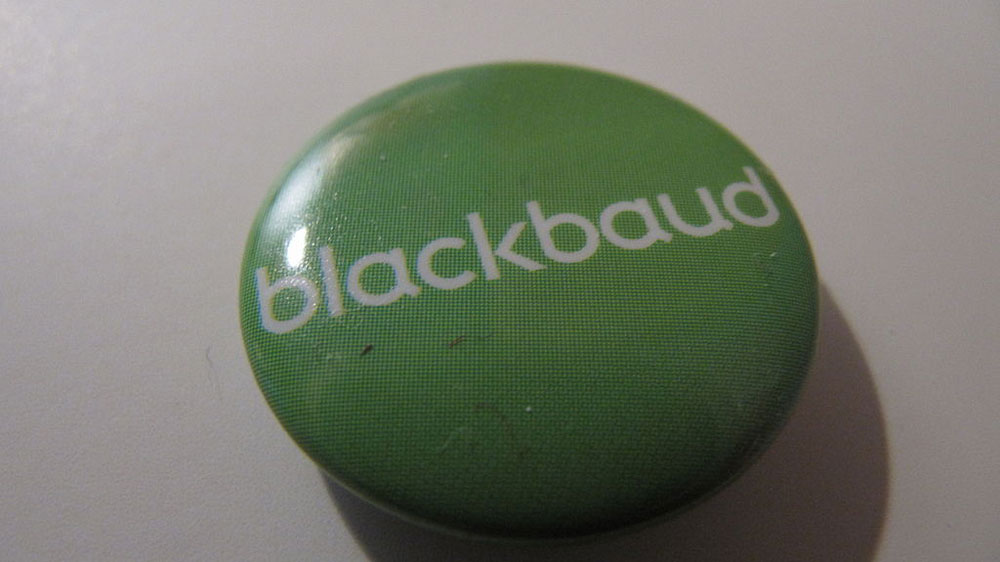
August 6, 2020; AIThority
The Blackbaud Institute has just released a series of reports—The State of the Social Sector and its quarterly charitable giving index—providing context for 2020’s potential long-term impacts. While the timing of the report, coming as it does on the heels of a major breach that compromised the donor records of hundreds of clients, may appear awkward to some, it did not stop Blackbaud from highlighting what they see as key trends for the fundraising environment in 2020:
- By embracing transparency, data-driven strategic planning, and a calm and measured tone, fundraisers have seen successes that gently push donors toward the edge of giving. Based on the reports, many leaders have been fortunate to be supported by a rise in contributions to offset the increased demand for services from economic shutdowns, job losses, and healthcare needs. Overall, giving in June increased by 1.2 percent for the last 12 months, compared to the same months ending in June 2019.
- We may start to see an uptick in online-only engagement replacing in-person stewardship and programming. With significant jumps during the month of May showing an increasing reliance on online platforms and widescale giving days such as #GivingTuesdayNow, organizations were able to leverage the momentum during a time when many were receiving economic impact payments. As such, there was a 36 percent increase in online giving year over year from the three months ending in June 2020 compared to June 2019.
- Major social movements and events will also have an impact on the climate of giving. With the growth of the Black Lives Matter movement and advocacy for health, safety and healthcare workers’ rights, Blackbaud anticipates an increase in civic and political giving. In the fall, we may also see increased support for disaster relief causes in the aftermath of any events. While organizations may not retain all these new donors, the awareness brought to their causes provides a renewed interest in giving.
We emphasize that the source of information must always be considered as a lens through which that information is gathered and processed.
Sign up for our free newsletters
Subscribe to NPQ's newsletters to have our top stories delivered directly to your inbox.
By signing up, you agree to our privacy policy and terms of use, and to receive messages from NPQ and our partners.
During the 2008 recession, with the heightened need to access healthcare, social services, and scholarships, donors rose to the occasion by funding that access, as you can see by looking at NPQ’s own coverage of those trends in retrospect, here and here. Though the effects of the coronavirus pandemic are still unknown, focusing on economic security, human services, and health may encourage giving, as many respond to the immediate needs it has created.
“From recessions to significant natural disasters to political campaigns and social upheavals, looking back allows us to understand how philanthropy follows and often aligns with major events,” said Ashley Thompson, managing director of the Blackbaud Institute, in AIThority. “In examining these trends, we can identify the core practices that have enabled organizations to weather past challenges and allow social good organizations to forge a path forward in the ever-changing 2020.”
In these trying times, the way organizations adapt to the challenges brought on by the pandemic will determine their current and long-term organizational health. Nonprofit leaders can better prepare for these events by grounding themselves in the long-term perspectives that have helped philanthropy to adapt over time. These past events serve as a learning tool and guide leaders on how they can innovate and implement practices that will bring success in the long run.—Deidre Fraser











